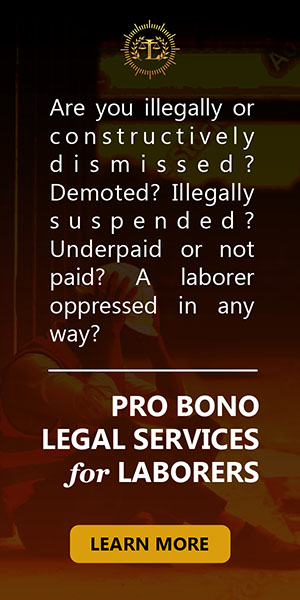I. Concept: when a person takes the law into his own hands i.e in that he is without authority of law or has no right to act, and by means of violence, threat or intimidation, he either:
A. Compels another to do something against his will, whether it be right or wrong, or
B. Prevents another from doing something not prohibited by law. If the act prevented is prohibited by law, the accused is not violating but complementing the law
II. Principles:
A. The violence must be actual and immediate else if the violence is a future harm, it is threat
B. The purpose of the accused need not be attained
C. Examples: Applying force, violence, or intimidation in order to:
1. Compel a suspect to make a confession
2. Compel the driver to change course
3. Stop a person from making a construction
4. Prohibit a student from leaving the classroom
5. Force a tenant into leaving the leased premises coupled with padlocking the door
6. Compel a person to board a vehicle even if after some distance she was able to break free and ran away
7. Break a girl’s spirit so that she will agree to marry the accused, even if she was taken from her house and brought elsewhere
8. Take back or recover one’s own property from another even if said property has been previously unlawfully taken away (Note that this is not an impossible crime of robbery)
D. The penalty is higher if the coercion relates to:
1. the exercise of suffrage, as preventing a voter form voting
2. exercise of religion, such as pointing a gun at another to prevent him from making the sign of the Cross
III. Distinguished from other crimes:
A. From robbery: where property is taken. It is coercion if the taking is not with intent to gain but to prevent the doing of an act Example: The accused took away the bolo of another to prevent the latter from continuing to cut down the pine trees.
B. From threats: if the harm to be done is direct and immediate, it is coercion but if the harm is to be inflicted later, it is threats.
1. “ I will kick you if you will not leave this room”. This is coercion as the kicking is to be done right then and there. It is actual and imminent.
2. “ If you will not leave this room, I will kick you”. This is threat as the kicking will be later.
C. From Illegal Detention: In coercion the intention is not to deprive a person of his liberty or to restrain his liberty. Example: A guest who refuses to vacate his room for violations of hotel rules even after he was ordered to leave, was forcibly taken out from the room and guarded in the Office of the Hotel Security Force. He was released only after all his things were taken out and the room was locked. The crime is coercion not detention.
IV. Coercion is either :
A. Grave Coercion if there is use of force, violence, or intimidation as punished by Art. 286
B. Light Coercion under Art. 287 which may also be either:
1. Coercion by a creditor- the crime committed by a creditor who, with violence, shall seize anything belonging to his debtor for the purpose of applying the same to the payment of his debt
a). If the purpose is not to apply as payment for the debt the crime is robbery
b). If there was no violence employed, but the property was taken without the knowledge of the debtor, the crime should be theft
c). If the taking was by deceit or misrepresentation, as when the creditor says he will just borrow the property but applied it to the debt, the crime is unjust vexation.
d). If the creditor pretends there is a debt to be paid which was why the thing was given, when truth there is no debt, the crimes is estafa by means of deceit
2. Unjust Vexation- any conduct which annoys, vexes, disturbs or irritates another, provided there was no force, threat, violence or intimidation.
a). This is always in the consummated stage
b). This is a crime of last resort
c). The same act may constitute either slight physical injuries, acts of lasciviousness, slander by deed, or unjust vexation, depending upon the intention of the accused. Example: holding the testicles of a man or embracing a woman may give rise to several crimes.
d). For the crime of unjust vexation to exist, it is not necessary that the offended party be present when the crime was committed by the accused- it is enough that the offended party was embarrassed, annoyed, irritated, or disturbed when he/she learned of the overt acts of the accused ( Maderazo vs. PP 503 SCRA 234)
3. Other similar coercions. Crime by any person who shall force or compel his laborer or employee to: ( a) purchase merchandise or commodity of any kind sold by said employer or (b) accept tokens or objects, other than the legal tender, as payment of wages, unless expressly requested by the employee. Example: compelling wages in the form of casino chips, sweepstake tickets, lotto tickets, or goods or merchandise.



 Spotify
Spotify  iTunes
iTunes  AppleMusic
AppleMusic  YouTube
YouTube 


